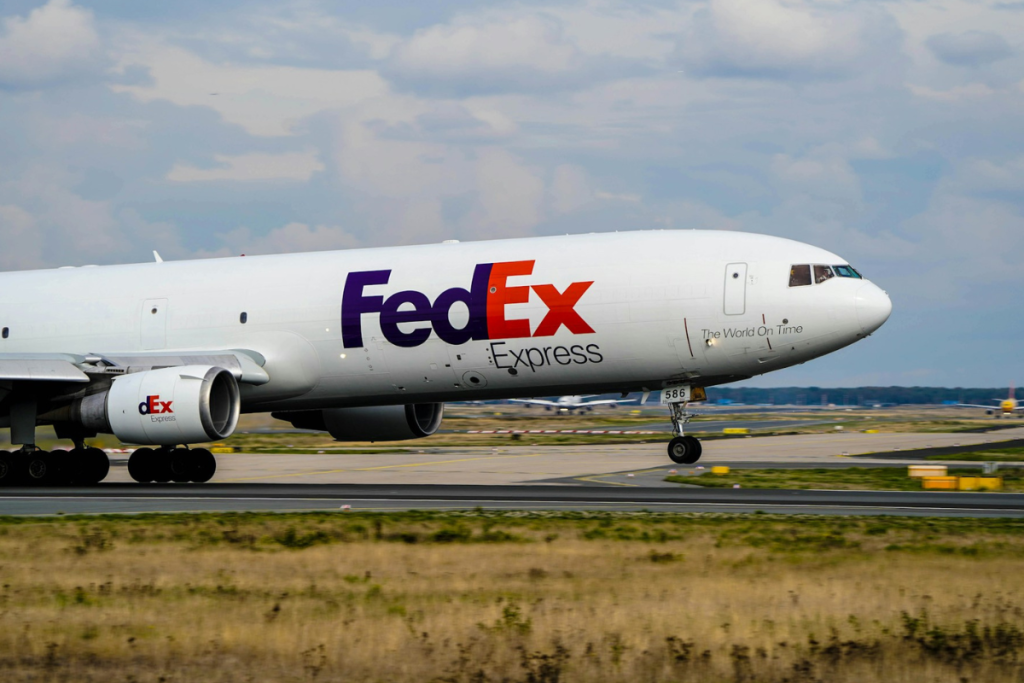FedEx is increasing its 2025 holiday surcharges across key delivery services, with some fees climbing more than 10% from last year. The rate hikes reflect continued strain on network capacity during peak season, as carriers prioritize profitability over volume.
Higher Fees Begin in September
FedEx’s updated peak season surcharge schedule begins September 29 and includes increased fees for packages requiring additional handling, oversize shipments, and those deemed unauthorized. Surcharges on standard and expedited deliveries will follow starting October 27, with residential delivery fees hitting high-volume enterprise shippers particularly hard.
The most significant price escalations will take effect between November 24 and December 28, the heart of the holiday rush. During this period, residential delivery surcharges for large shippers will range from $1.55 to $8.75 per package, depending on how much volume exceeds a pre-established baseline. The Ground Unauthorized Package Charge—typically levied on nonconforming shipments—will peak at $545, up from $485 in 2024. All surcharges conclude on January 18, 2026.
FedEx justifies the surcharges as necessary to offset the operational strain that comes with seasonal demand spikes. In its March earnings call, EVP and Chief Customer Officer Brie Carere noted that Cyber Monday 2024 volumes surged to nearly 24 million packages, roughly 70% higher than the daily average, requiring significant resource reallocation and cost absorption.
Shippers Face Margin Pressures
While these surcharges have become a seasonal norm, their rising levels are prompting concern among retailers and logistics managers already navigating tight margins and erratic demand forecasts. Nate Skiver, founder of LPF Spend Management, emphasized in a recent LinkedIn post that companies should proactively model the financial impact of the surcharges and consider redistributing volumes to alternative carriers when viable.
Options to mitigate the impact include negotiating surcharge discounts, refining packaging to avoid additional handling classifications, and smoothing shipment volumes earlier in the season to stay below surcharge thresholds. Carriers like UPS, which has not yet released its 2025 peak pricing, may present a competitive alternative for shippers flexible on timing or routing.
According to trade analysts, elevated surcharges are part of a broader industry recalibration toward yield management over volume growth. Both FedEx and UPS have continued reducing network excess capacity post-pandemic, leaving less room to absorb erratic seasonal spikes without significant cost increases.
Surcharge Strategy Now Demands C-Suite Involvement
What was once a tactical cost modeling exercise is fast becoming a strategic lever requiring cross-functional oversight. With peak season surcharges increasingly tied to behavior-based thresholds and volume deviations, the financial impact spans beyond logistics into pricing, promotions, and margin planning. Companies that treat carrier surcharge structures as static line items risk misalignment between commercial strategy and fulfillment cost realities. As network constraints and pricing sophistication deepen, executive teams will need to view surcharge management not just as a cost to contain, but as a forecastable input to commercial performance.




